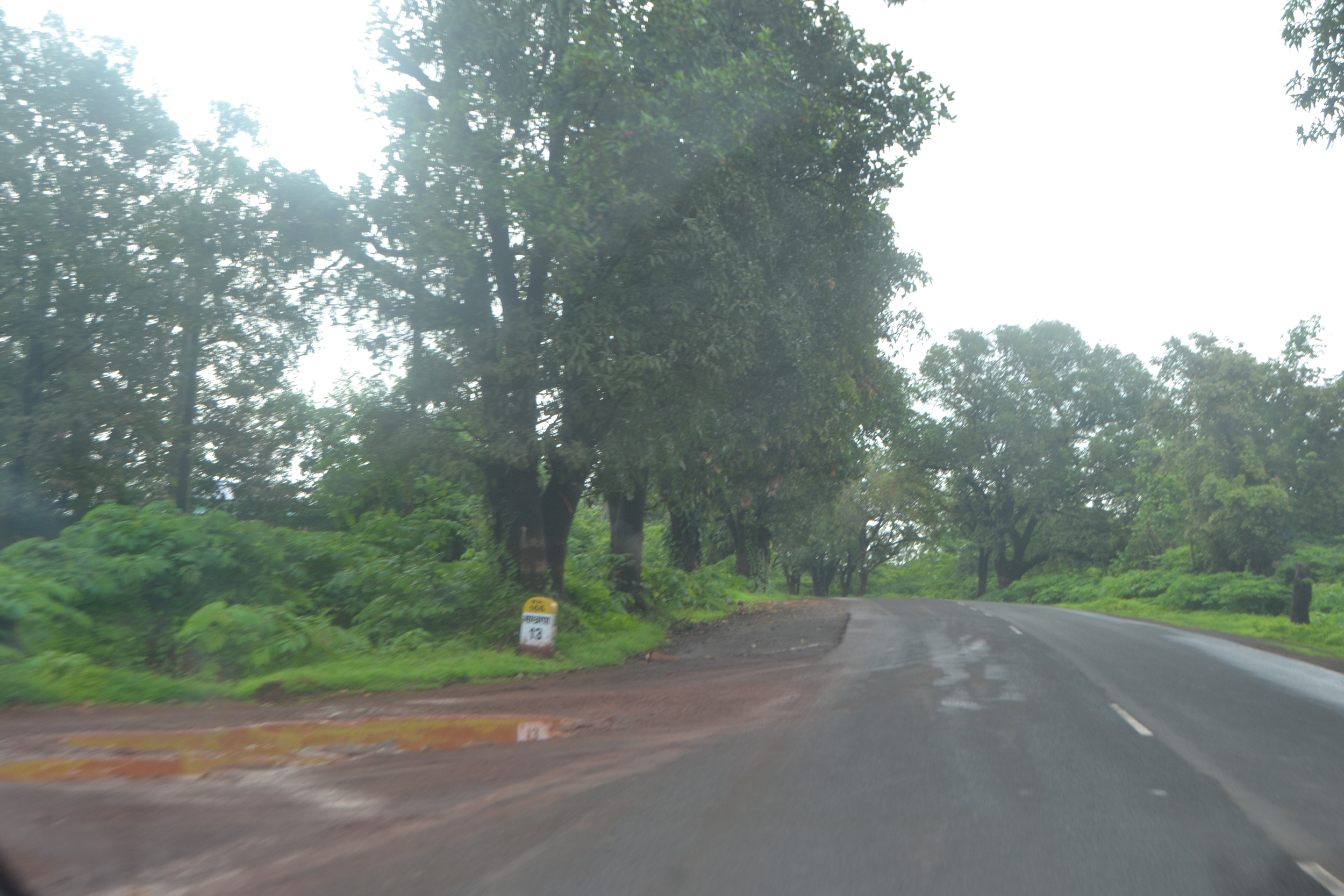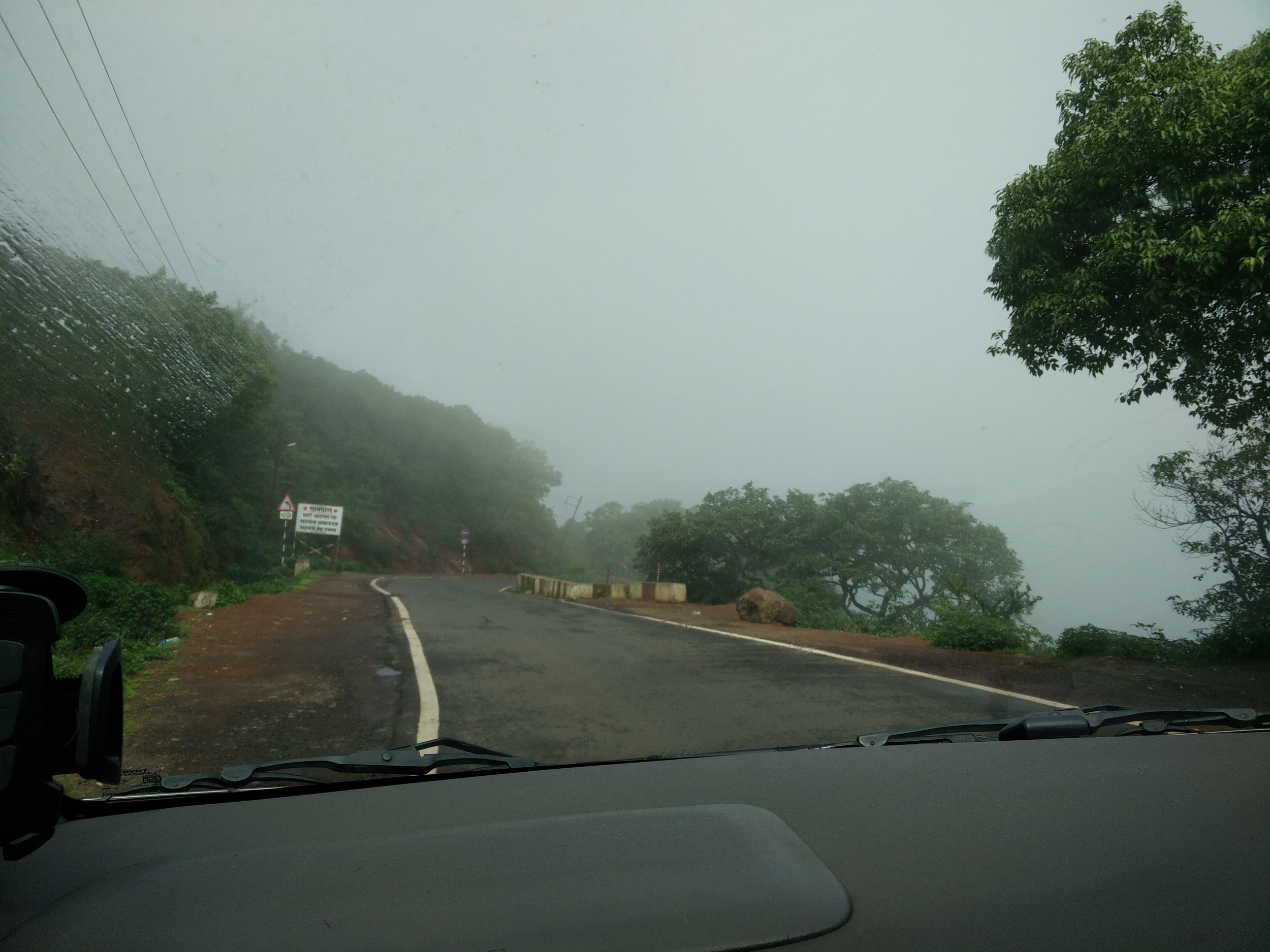During our stay in Kolhapur, we felt that Kolhapur still maintains a strong rustic character. This feeling was reinforced after we went to Belgaum, its neighbouring city in Karnataka that provides an interesting contrast.
The city still doesn’t have many multistoried buildings and extremely wide roads all around the main city streets and they aren’t flooded with the multinational food chains. City limit has been around 64 kilometer square and hasn’t changed in decades. Whether it is good or bad is for the city and its people to decide but the voices on both sides are loud. So is the case with the aspirations of a changing skyline for the Kolhapur sky.
That Kolhapur has a rustic character might be difficult to believe given that someone whom we met in Belgaum mentioned that they used to drive to Kolhapur for KFC as KFC opened first in Kolhapur. But in Kolhapur, the KFCs and such are nestled in the midst of multiple general stores, video game parlours, co-operative banks, Talim mandals, kolhapuri chappal shops and others. However it is a fact that few feel that Kolhapur is losing out by not being able to use the fresh vegetables it gets, in preparing subway subs as the same hasn’t opened yet in Kolhapur. The good part is that the shukrawar peths of Kolhapur don’t stop selling glorious amounts of fresh vegetables on the street and stack up the maximum amount of kothimbir (dhania or coriander) that one could in a heap, anywhere in this world.
The term vela-panti, which now exists as a glorified term in our lexicons, still exists with its old name ‘time-pass’ and is a fruitful occupation for many. Time-Pass video game parlours were abundant in the city. There was a video game-parlour that was full of kids (at least 15) playing Counter-Strike on network!!!
We also went early morning to the Gangvesh area where the place witnesses doodhkatta, an old tradition where people from the surrounding areas bring their cows/buffaloes to the main streets and people come and collect milk and the cattle is milked right there.
After Ratnagiri, we found it as yet another city where people and places were still bound by a shared history, beliefs and in its case, also respect for Chhatrapati Shahuji Maharaj. It was during the times of Shahuji Maharaj that the modern city started taking shape. He was a social reformer and envisioned a casteless society in Kolhapur in the beginning of 20th century. His emphasis was on education for all and till now the boarding (housing) he promoted for students of various castes and religions can be seen around Kolhapur. The boardings provided free housing and food for the students who came to study in Kolhapur. He himself served as the president on the Muslim board and the tradition still continues and his descendants have been on the board. He also enacted a law in his time for widow remarriage and took multiple steps on affirmative action.
Being in Kolhapur was an immensely pleasant experience and opened us up to us a city so historical and living in harmony with it.








































